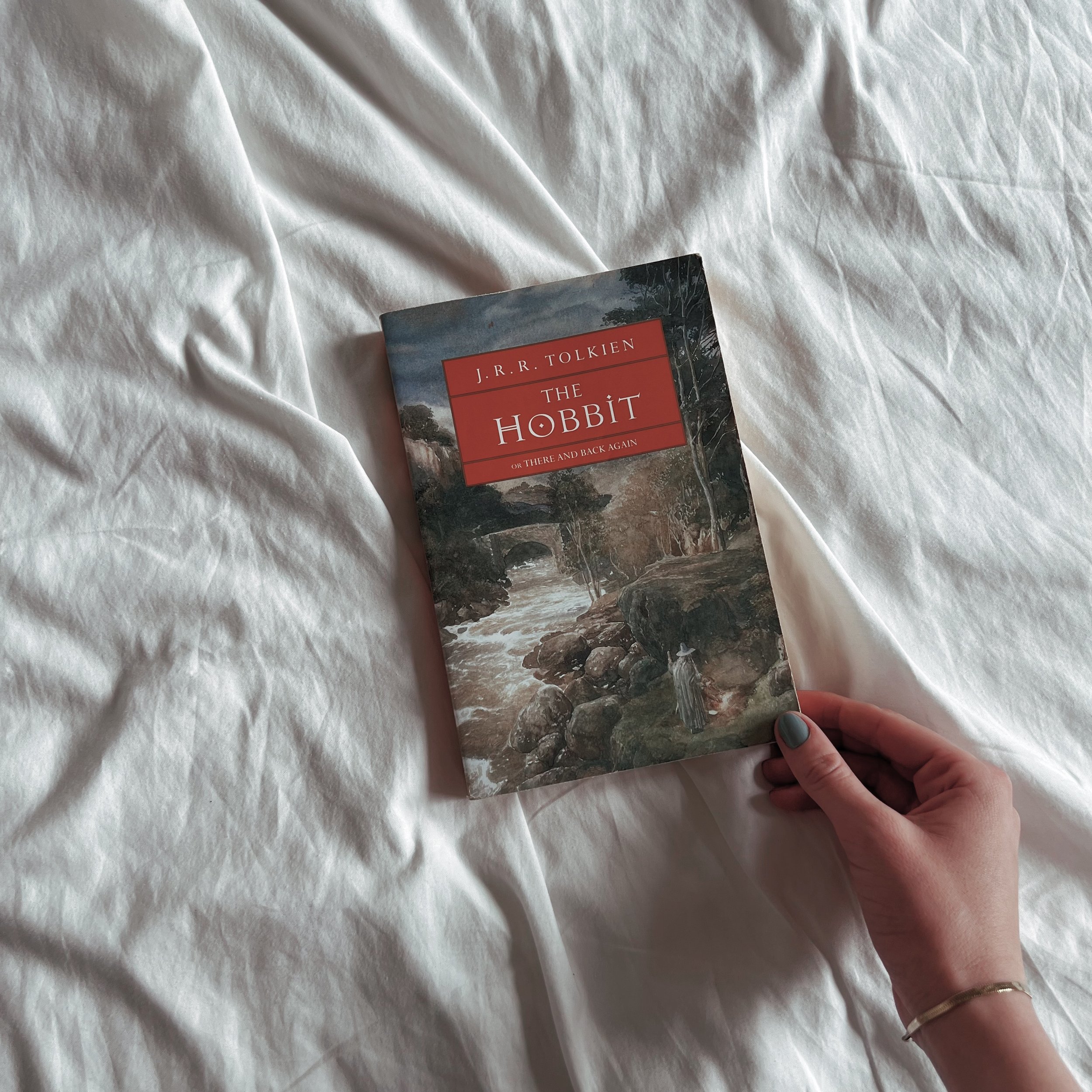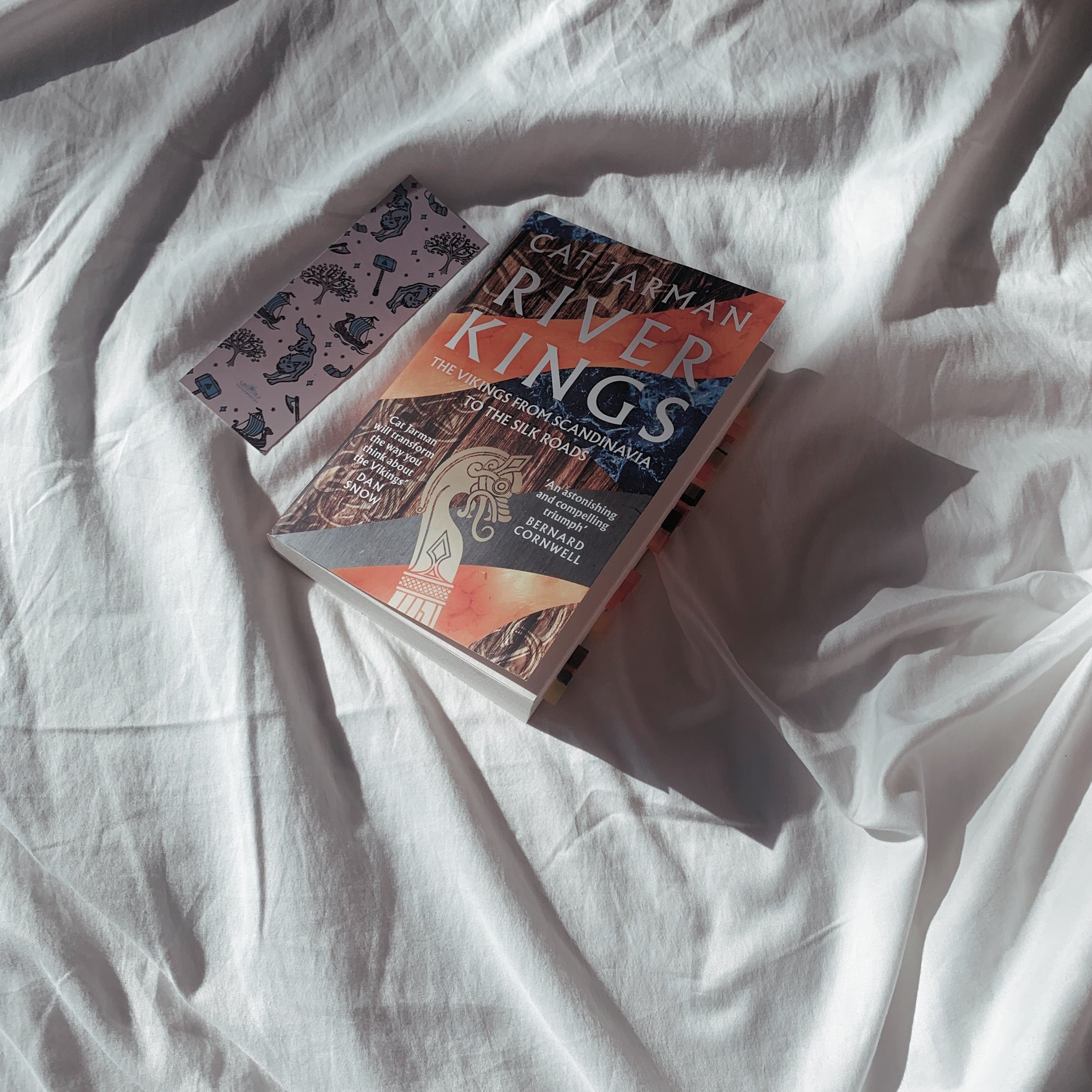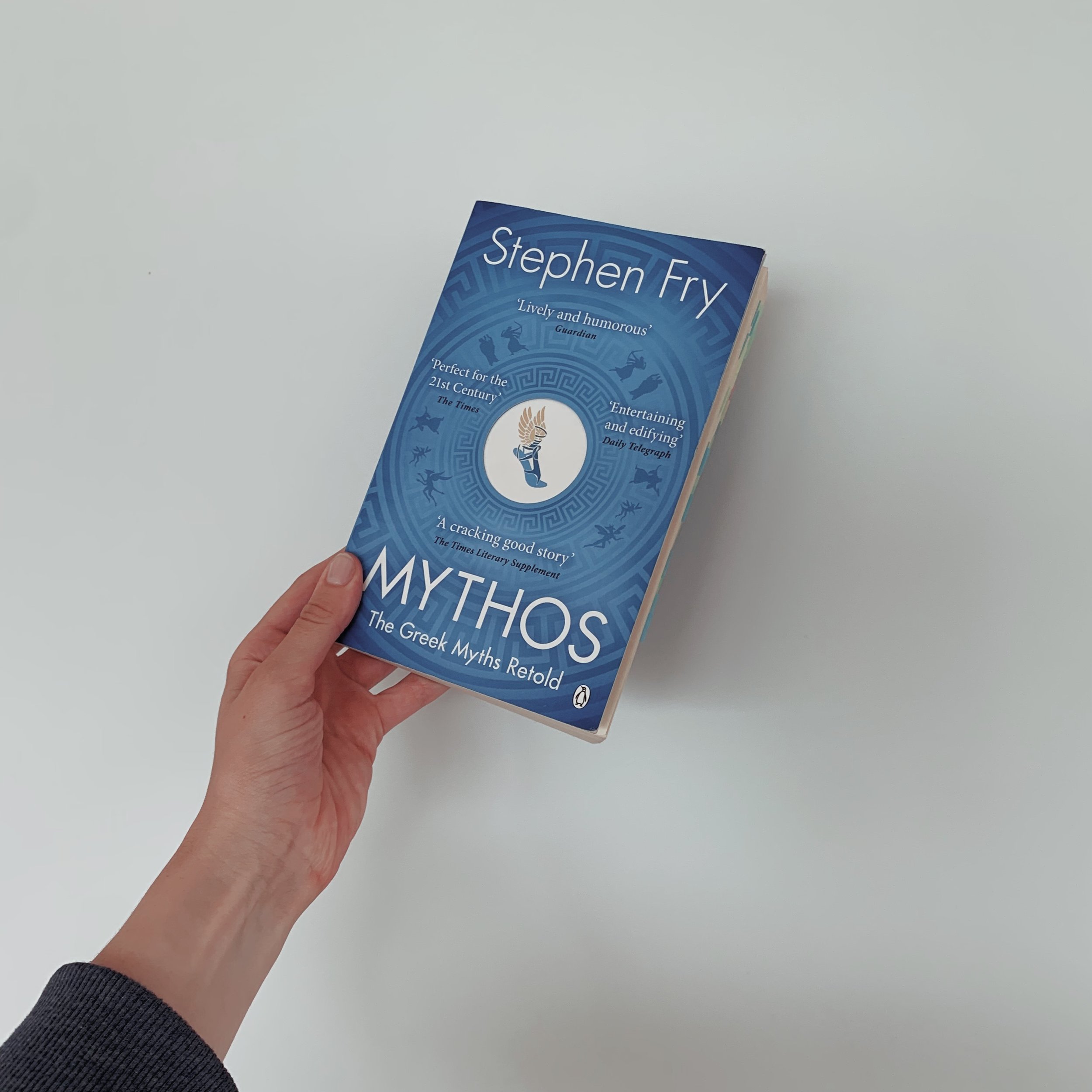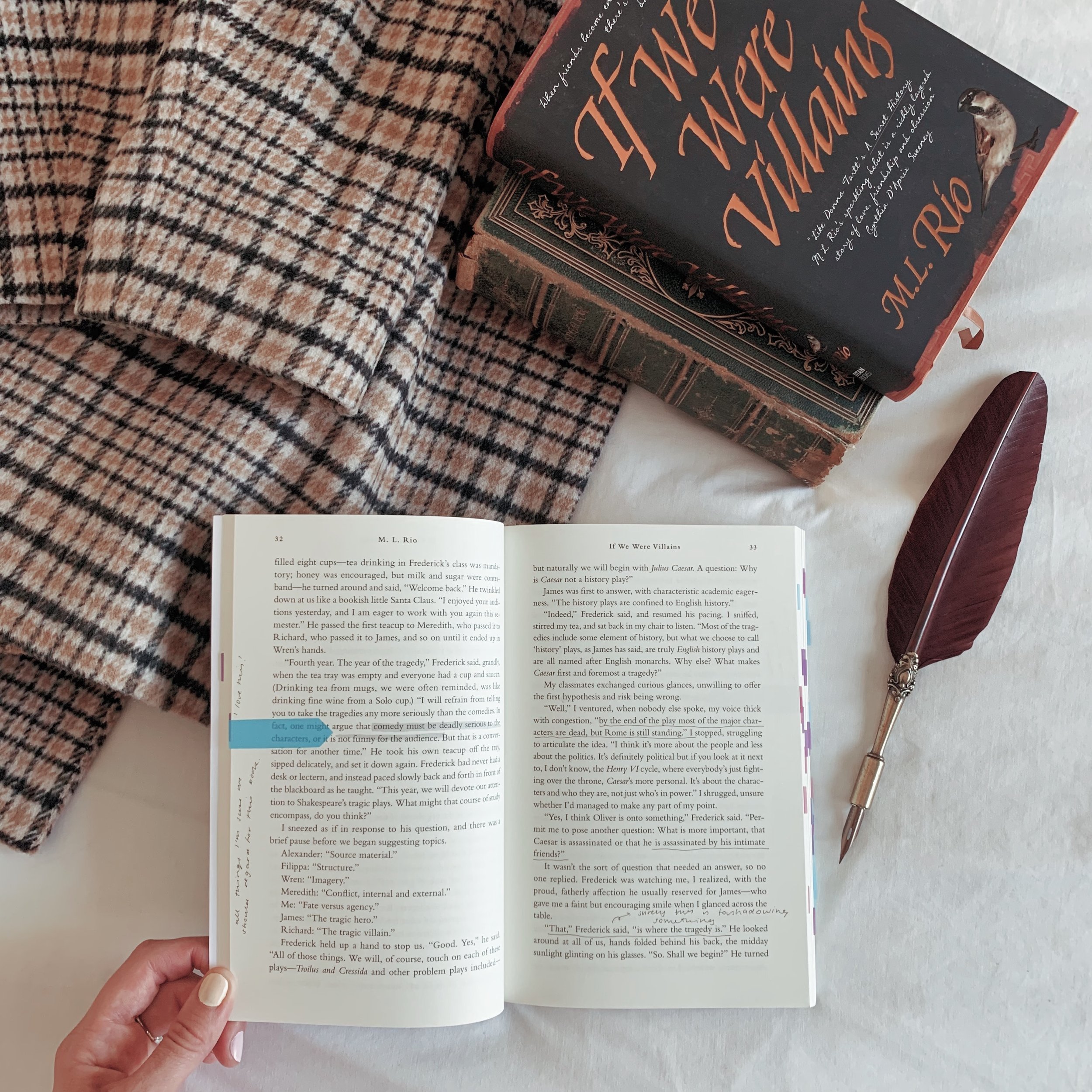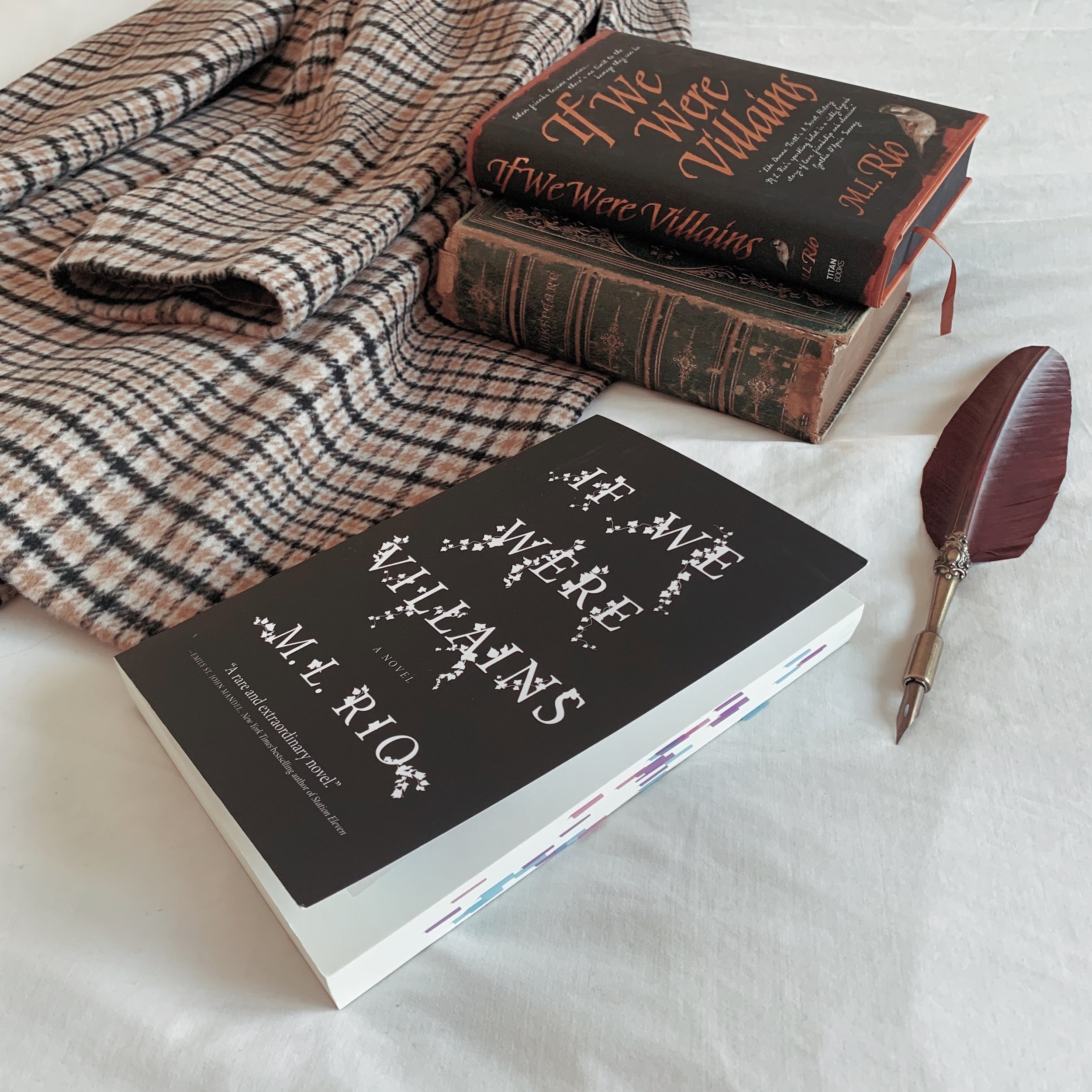The Kingdom of Copper ★★★★☆ | book two of 2023 | e-book
The Empire of Gold ★★★★☆ | book three of 2023 | e-book
The Kingdom of Copper and The Empire of Gold by S. A. Chakraborty are books two and three of the Daevabad Trilogy, a rich fantasy trilogy full of epic battles, feuding families and magic. Books two and three of the trilogy were just as enthralling as City of Brass, and although I went into book two still mildly confused with all of the different types of djinn and daeva and the connection between Nahid and Ashfin, I enjoyed the entire series all the same. The books didn't get 5 ★ ratings from me only for a couple of reasons. I thought that the books could have used one final edit as there were a couple of errors and unclear phrasing. I also feel like the magic system wasn’t fully explained, and I still found the different groups and who they were loyal to a bit confusing.
But as always, I review books based on the vibes and my personal enjoyment over anything else. I found myself picking up my kindle constantly, and reading until I fell asleep, something I haven’t felt the urge to do in a long time. The books made me laugh out loud, and the characters and their sarcasm and quips and the whole combination of found family and enemies-friends-lovers triangle of sorts all had me hooked. Every scene with Nahri and Ali either brought a smile to my face, or made me laugh.
I particularly enjoyed the character development throughout this series, and I loved having three POV’s throughout the entire trilogy. It gave the story depth, and allowed the reader an intimate look into the minds of our three main characters. Nahri, Ali, and Dara were all nuanced characters that go through so much in the course of the books, I loved having each of their perspectives. The different relationships and dynamics of this book was an absolute highlight, and although the book is definitely plot driven, it is also character driven (and you know me, I love a book driven by its characters). I have gone through and tabbed/underlined all of the sections I highlighted on my kindle, and its safe to say that this is definitely one of the more thoroughly annotated book series I have read.
This series was a wonderful start to 2023, and hopefully it just keeps getting better. Have you read this series? I would love to hear your thoughts in the comments or over on my Instagram ✨





